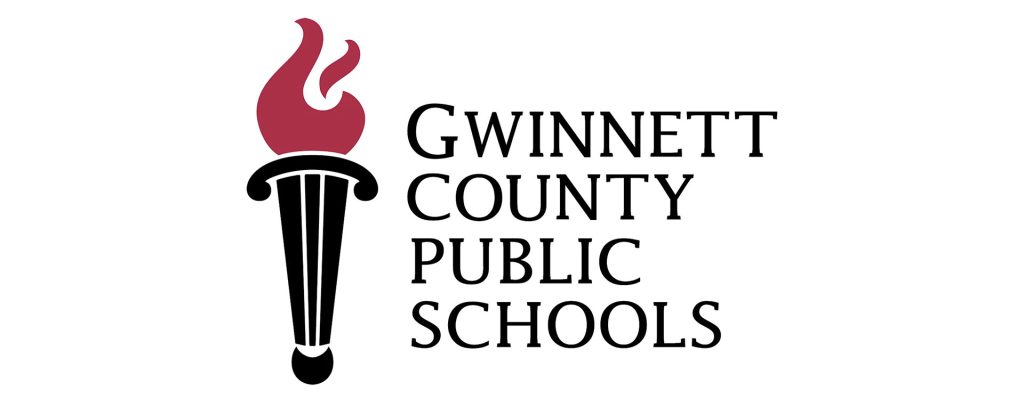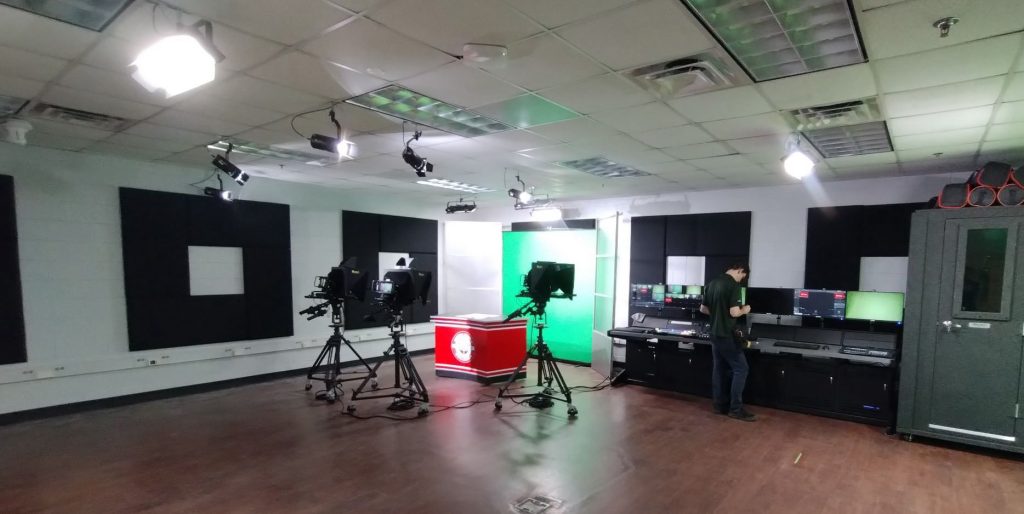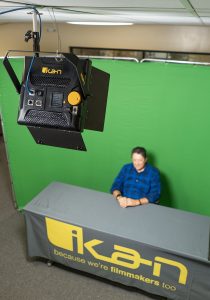Future-Proofing Success: How Gwinnett County Public Schools Simplified Their Technology Roadmap with Ikan
The future of systems integration isn’t about installing equipment.
It’s about transforming how organizations operate. The integrators who understand this shift will own the next decade. Those who don’t will compete on price until they can’t anymore.
Gwinnett County Public Schools’ 40-studio project represents this transformation in action. Not because of its scale, though that’s impressive. Not because of its speed, though six months for full deployment is remarkable. But because it demonstrates how eliminating complexity creates exponential value for everyone involved.
The integrator who won this business didn’t just install studios. They transformed how an entire school district thinks about communication, elevated their partner status from vendor to strategic advisor, and built a competitive moat no traditional installer can cross.
While you’re calculating electrical loads for your next proposal, they’re planning their fourth district-wide deployment. While you’re managing subcontractors, they’re collecting recurring revenue. While you’re competing on price, they’re the only option clients consider.
This isn’t about having better products or lower costs. It’s about recognizing that complexity is the enemy of profitability, scalability, and differentiation.
The Extinction Event You Don’t See Coming
Traditional broadcast integration is dying, and most integrators don’t even realize they’re dinosaurs.
They’re still winning projects, still making sales, still believing that experience and relationships will sustain them. They’re wrong.
The education technology market alone represents $8.8 billion in annual spending, growing 12% yearly. Every school wants broadcast capabilities. Every administrator has budget allocated. Yet roughly 2/3 of traditional broadcast projects hit permitting walls that delay or kill them entirely.
Think about that. Two-thirds of your potential projects are failing before installation begins.
Not because of budget. Not because of changing priorities. Because the complexity of traditional infrastructure makes projects unbearable for clients.
Young administrators who grew up with Instagram and YouTube expect technology to enable, not obstruct. When you present them with electrical load calculations, permit applications, and multi-month timelines, you’re speaking a language they don’t want to learn. They’ll find someone who speaks simplicity instead.
The math of traditional installation is equally unsustainable.
Electrical subcontractors consume 30-40% of your margin and control your timeline. Permit delays average two months but can stretch indefinitely. Callbacks for heat and electrical issues destroy profitability and reputation. Change orders for unexpected infrastructure requirements turn wins into losses.
Meanwhile, modern integrators complete three simple installations in the time you complete one complex project. They’re building recurring revenue while you’re fighting for project approval. They’re becoming known for transformation while you’re known for complications.
The Business Model Revolution Hiding in Plain Sight
Power over Ethernet (PoE) presents a business model transformation that changes every aspect of how you operate, compete, and grow.
When infrastructure operates below permit thresholds, projects start immediately. When IT departments can manage the technology, you eliminate the electrical contractor tax on your margins. When installation takes days instead of weeks, your crew velocity triples. When systems require virtually no maintenance, your reputation soars.
The integrator who won Gwinnett understood this transformation. They didn’t pitch technology; they pitched business transformation. They didn’t sell products; they sold predictability. They didn’t promise features; they promised peace of mind.
Their approach was surgical in its precision. They identified administrators traumatized by previous infrastructure projects. They demonstrated permit immunity as risk mitigation. They proved total cost of ownership at 50% below traditional approaches. They delivered two-day installations when everyone else quoted weeks.
But here’s what really matters: they changed the client relationship forever.
Instead of being the company that installs equipment, they became the partner that eliminates complexity. Instead of project-based transactions, they built ongoing advisory relationships. Instead of competing on price, they competed on transformation.
The Multiplication Model: From Project to Empire
Gwinnett’s 40-studio deployment reveals the scalability secret that transforms integration businesses. It started with a single pilot studio. Two days from start to finish. When the fire marshal said “this doesn’t even need inspection,” the entire dynamic shifted.
That pilot studio became a proof point that won the remaining 40 studios, without competition. But more importantly, it established the integrator as THE broadcast expert for the district. Not one of several vendors. The only partner that mattered.
Standardization multiplied profitability with each installation. One design, replicated 40 times. Bulk purchasing that improved margins. Training once, deploying everywhere. Each studio became more profitable than the last while taking less time to complete.
The recurring revenue stream transformed the business relationship from vendor to partner.
Service contracts for technology simple enough that schools can largely self-manage. Expansion projects as each success creates demand for more capability. Technology refreshes that don’t require infrastructure changes. Training services that deepen relationships while generating margin.
The competitive moat this created can’t be overstated. Neighboring districts started calling before Gwinnett’s project was complete. The case study wins competitive bids without price competition. The relationship with Ikan provides exclusive advantages in support and pricing. Traditional competitors can’t even understand the model, much less replicate it.
Your Transformation Blueprint Starts Now
The market is shifting faster than most integrators realize. Early movers are locking in district-wide contracts that create impenetrable market positions. Every month you delay is another month of accounts locked into multi-year relationships with forward-thinking competitors.
Start by identifying districts with aging infrastructure where permit requirements have killed previous projects.
These administrators are traumatized by complexity and desperate for simplicity. Lead with risk mitigation, not feature lists. Open conversations with “What if permits weren’t a factor?” Watch their entire demeanor change.
Price pilot projects to break even, knowing the full deployment will generate massive returns. Document everything obsessively. Use success to lock in district-wide agreements before competitors understand what happened.
Partner with Ikan not just for products but for transformation expertise. Our dealer support team understands this market shift. Our training prepares you for consultative selling, not product pitching. Our marketing co-investment helps you reach markets efficiently.
Position yourself as the complexity eliminator, not another equipment installer. “Permit-proof broadcast solutions” resonates with anyone who’s suffered through traditional projects. “Two-day studio deployment” sounds impossible until you prove it’s routine. “IT-friendly infrastructure” appeals to the technical teams who influence decisions.
The Choice that Defines Your Business Destiny
Two futures exist for systems integrators today.
Continue competing in the commodity installation market where margins shrink, differentiation disappears, and the lowest price wins. Or transform into strategic partners who eliminate complexity, enable transformation, and own client relationships for decades.
The integrator who won Gwinnett’s 40-studio project built more than broadcast facilities. They built an unassailable market position. They transformed from vendor to visionary. They created a business model that scales exponentially rather than linearly.
In the time it takes traditional integrators to complete permit applications, modern integrators are generating revenue, building relationships, and locking in the next opportunity. In six months, they deployed 40 studios. The traditional approach would have taken two years, assuming everything went perfectly.
The education market is transforming, right now. The contracts being signed today will define market leadership for the next decade. The question isn’t whether you’ll adapt to this new reality. It’s whether you’ll lead the transformation or watch competitors own your market.
Which future will you choose?



